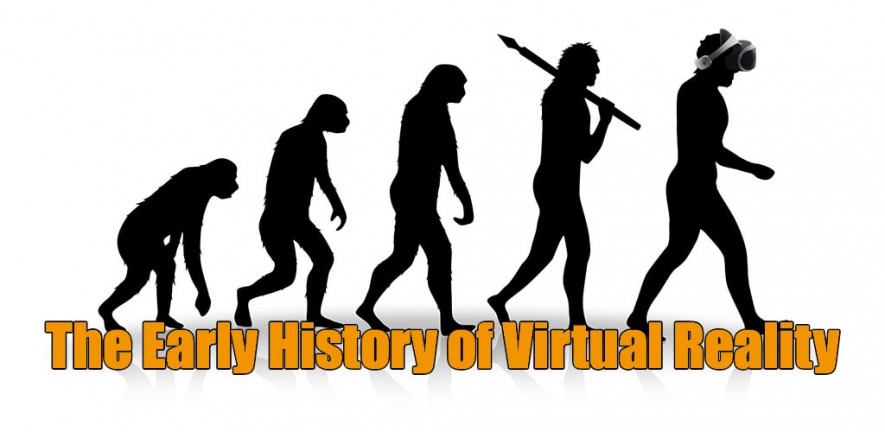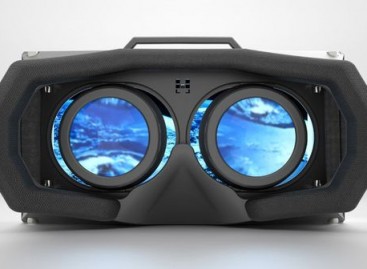- QATestLab Blog >
- QA Trends >
- VR history starts in prehistoric times, isn’t it?
VR history starts in prehistoric times, isn’t it?

Virtual Reality games and programs, 3-D and 2-D films, stereoscopic photos, panoramic paintings, and even drawings in caves dated million years ago – all of them are the forms of virtual reality.
Even in the ancient time, people were striving to create a virtual reality the early stages of which had a form of so-called virtual environment. Similarly, the artists from ancient Greece also painted panoramic pictures to create a sense of presence for example, in a garden or at the beach.
Morton Heilig is considered the father of virtual experience. He developed the Sensorama in the middle of 1950s. It was a one-person cabinet that resembled an arcade machine. The Sensorama machine was called to improve experience of watching 2-D movies by simulating the aspects of the real life, for example, sounds, odors, and vibrations. The machine had the special devices that created smells and moved the chair. It was so-called “Experience Theater”. Besides, to forsen visual experience, Morton Heilig developed the HMD (Head-Mounted Display). It was the first VR display for non-interactive films. The Sensorama machine triggered further development of VR technologies.
In 1963, Hugo Gernsback invented a television eyeglasses. The idea of developing a portable TV set came to him in 1936. The eyeglasses had cathode-ray tubes with screens for each eye, small batteries, and a large antenna of a V type. The total weight of the television eyeglasses was 140 grams. Using the television eyeglasses, people could watch different stereoscopic images.
In 1968, Ivan Sutherland and Bob Sproull developed the VR head-mounted display that could be connected to a computer. Earlier the users could connect the HMD only to cameras. The invention was called a Sword of Damocles. It was very heavy and uncomfortable as the HMD was suspended to the ceiling.
Myron Kruegere, an American computer artist, developed three environments that were generated by a computer. He termed the project “artificial reality”. Myron Kruegere’s projects triggered the development of videoplace technology used for communication between people who were miles away from each other.
The term “virtual reality” appeared only in 1987 when Jaron Lanier, a founder of VPL (Visual Programming Lab), popularised the term. His company was the first one that sold VR goggles. Later VR technologies were realized in game industry, in arcade machines.
Virtual Reality was not the invention of one person. It was the result of hard work of various people in different times.
Learn more from QATestLab
Related Posts:
About Article Author
view more articles
has 3-year experince in content managing, skills of copyediting and proofreading of web content and documentation
View More Articles






No Comments Yet!
You can be the one to start a conversation.